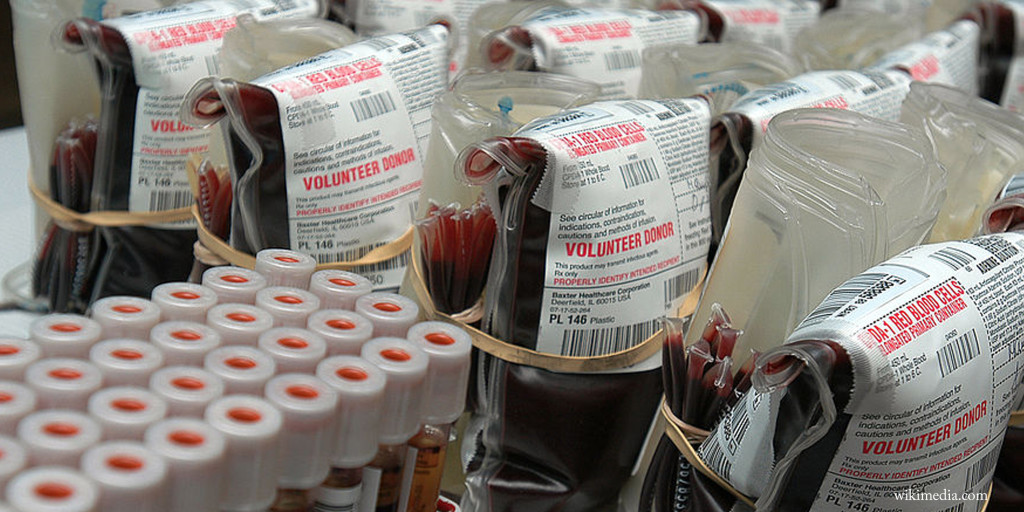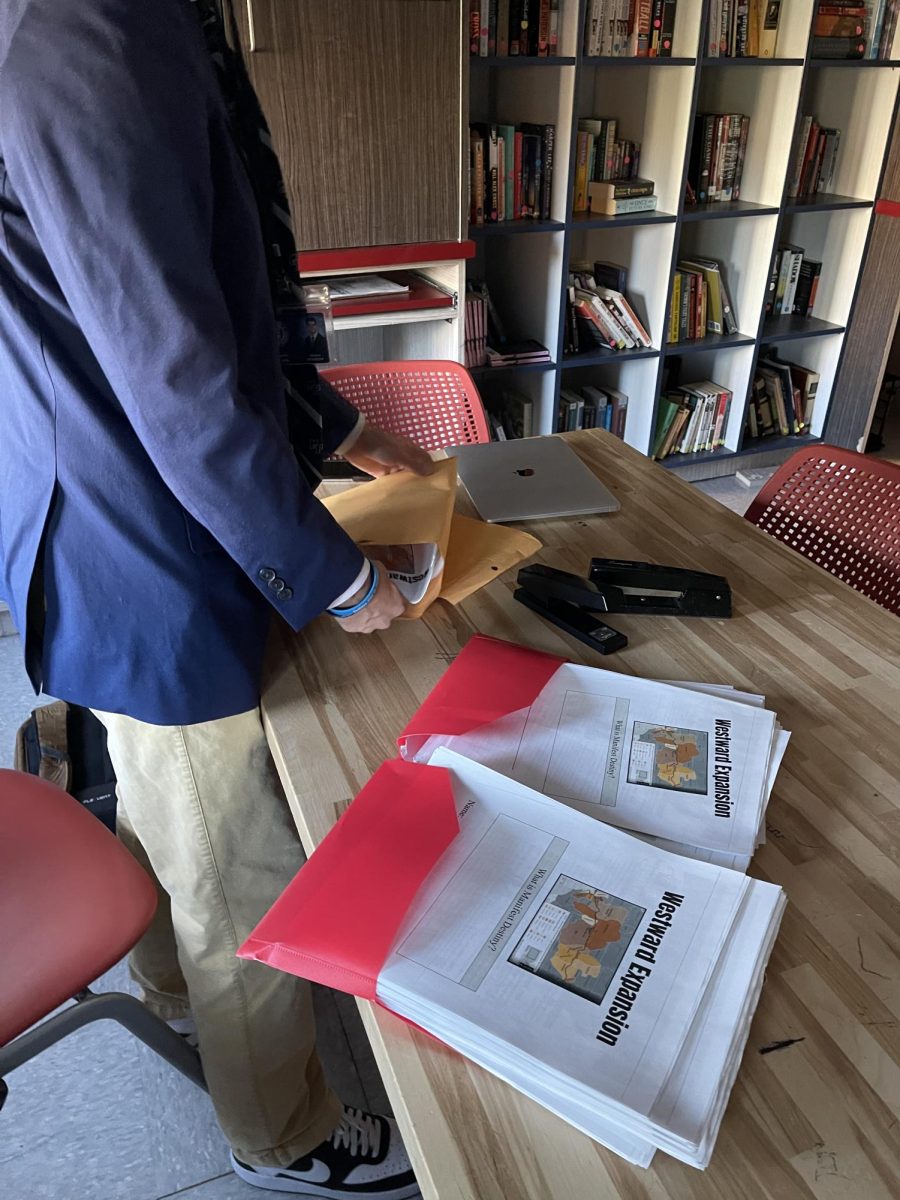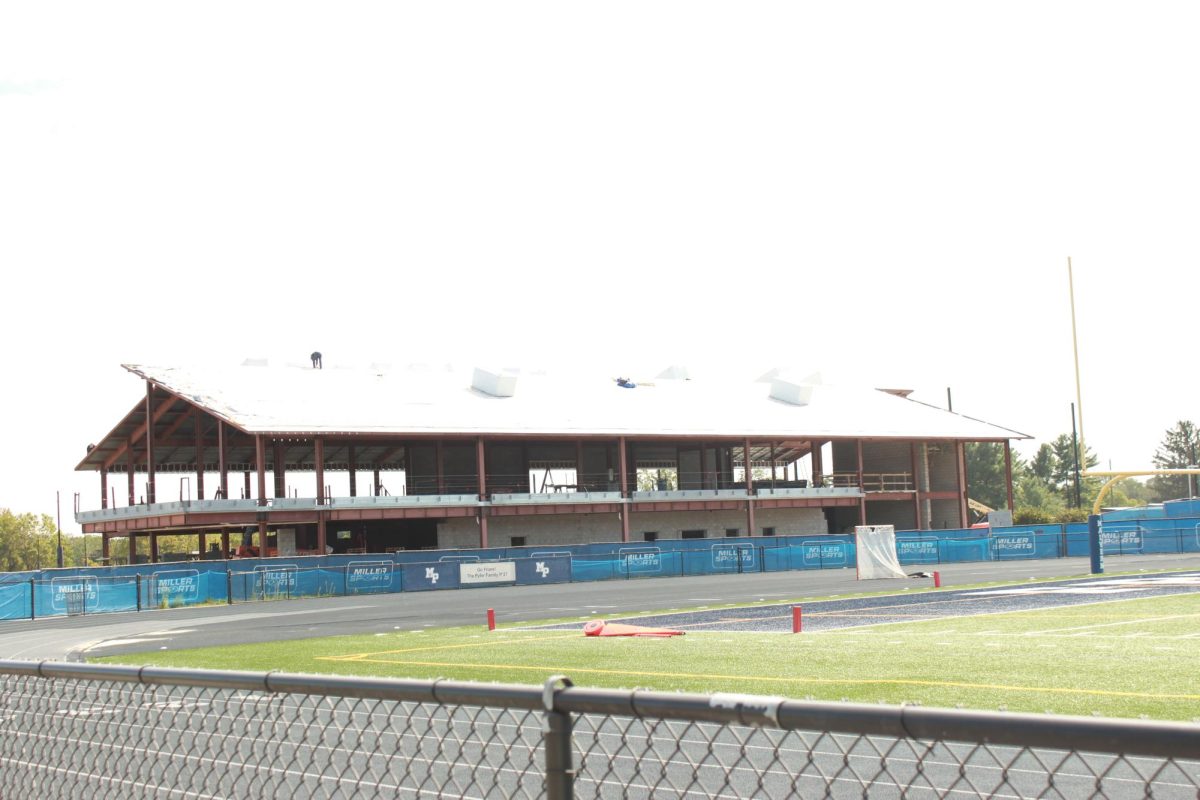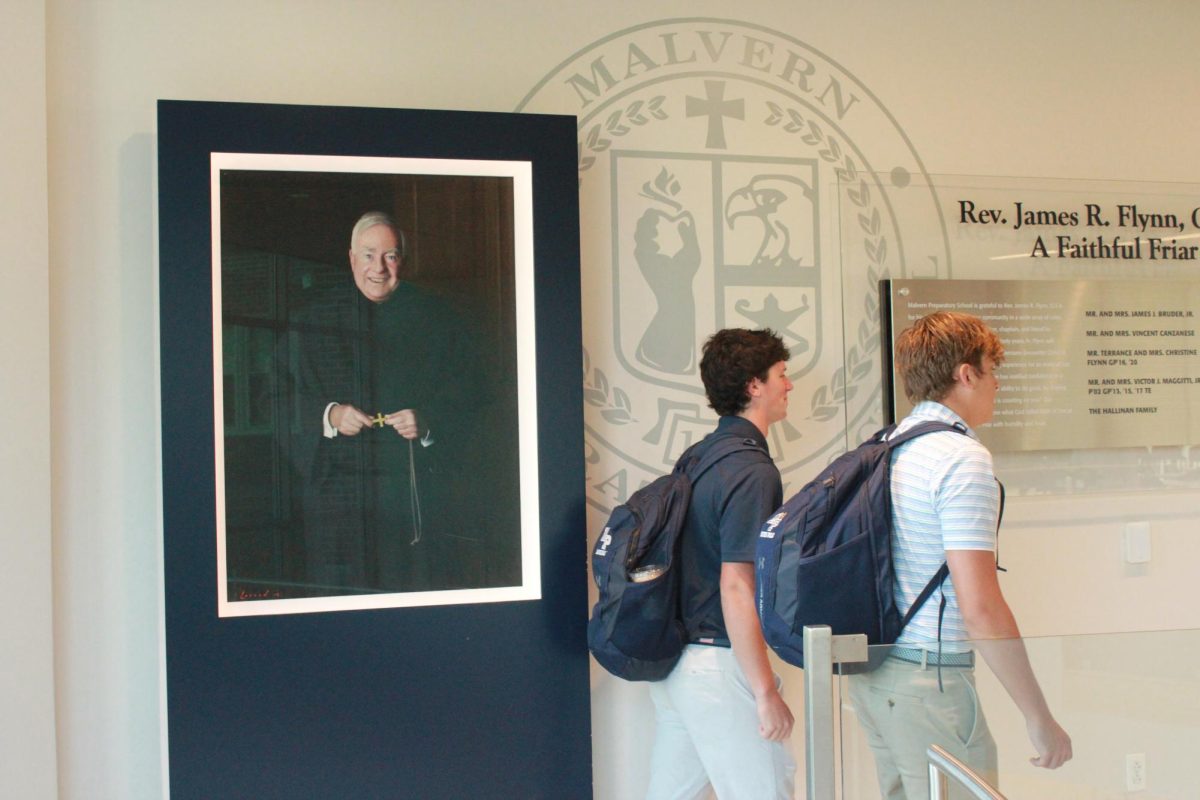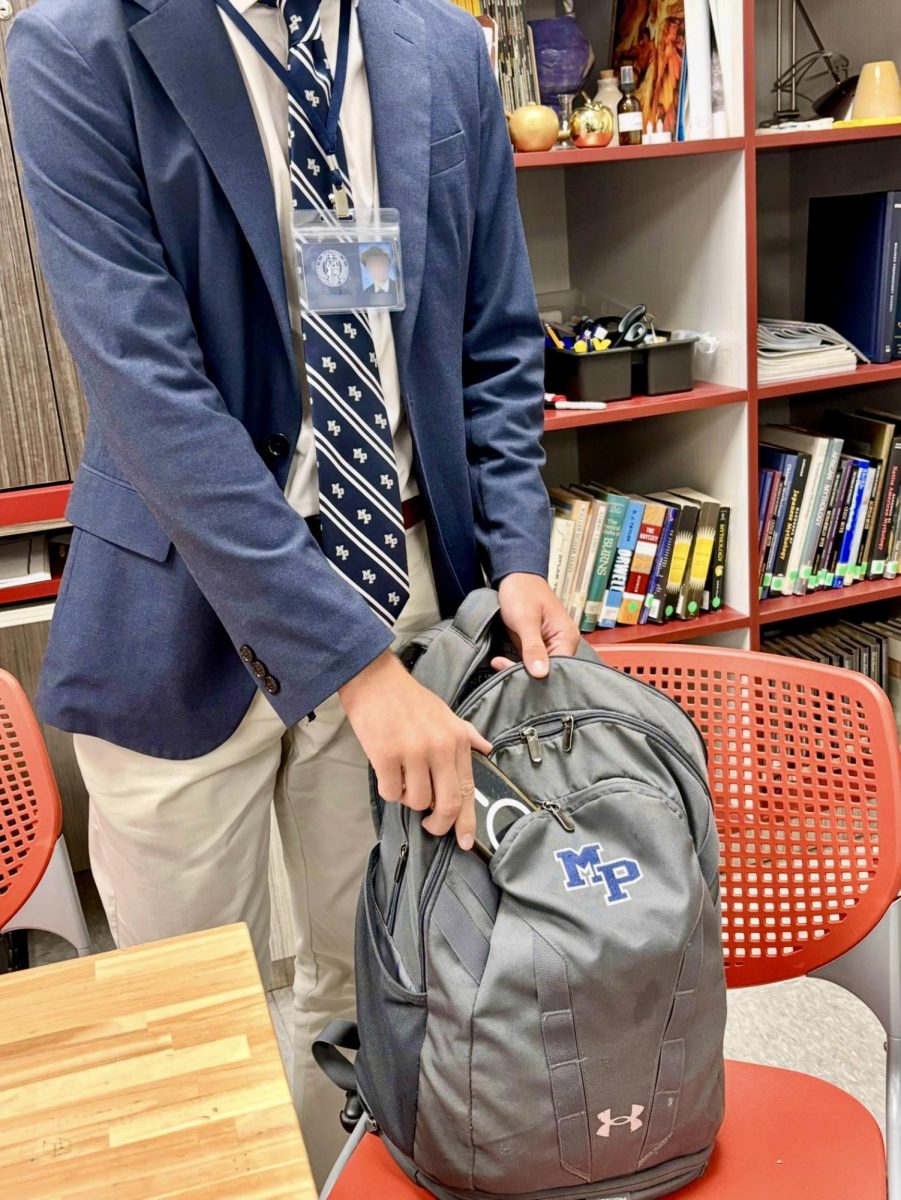Malvern blood drive overcomes hardships and helps those in need.
Malvern held its annual blood drive on Wednesday February 18 under the guidance of the American Red Cross and math teacher and blood drive faculty leader Mr. Jim Stinger.
Every two seconds someone in the United States needs a blood transfusion, according to the American Red Cross. To help, there are blood drives held across the nation nearly every day of the year.
However, according to Stinger, there is currently a short supply of blood available, due to the recent blizzard that hit the east coast in early February.
This is why the annual Malvern blood drive couldn’t have come at a better time.
The blood drive, which is run through the Penn-Jersey blood service region of the American Red Cross, is held every year on Malvern’s campus. After the blood is collected it is distributed to hospitals throughout the area.
It is open to all members of the Malvern community including faculty, parents, and students who are 16 and older.
Stinger, who has been running the drive for three years, says he got involved because he always gave blood. When there was a need for someone to take over the leadership role he said he was happy to do it.
Stinger also realizes the dire need for blood to provide transfusions.
“One donation of blood can save three lives, but only 37% of United States are actually eligible to donate blood,” he said.
Travel history and medical conditions can prevent someone from giving blood. In fact, travel restrictions directly affect Malvern students who want to help the cause.
According to Stinger, some of the countries that Malvern students go to for service during their Junior years have travel restrictions implemented by the Red Cross. This means that these students are ineligible to give blood for a certain period after their trip.
“There is a possibility you could pick up something and be deferred to give blood,” Stinger said. This deferral usually lasts a year, according to Stinger.
On February 9, Stinger emailed the student body and faculty that he had checked with the Red Cross, and only people who went to Peru were considered a “low risk” for donating blood. His email stated that other service trip sites were considered “no risk” and those participants would be eligible to donate.
However, according to Stinger, the Dominican Republic and the Philippines were late additions to the risk list. Students and teachers who had gone on these trips were unable to donate blood.
Sports also made it difficult for some students to donate.
Students are not supposed to be active after they donate blood. “Extra swimming meets, basketball games, and wrestling tournaments make it so students are unable to give blood,” Stinger said.
The drive was scheduled during the week period between the end of winter sports and the start of spring sports, but playoff runs and other varsity events extend into this period.
Despite the obstacles, 44 members of the community donated in the blood drive, each giving a pint.
Even a loose bird in O’Neill couldn’t stop the drive. The loose bird, which violates Red Cross sanitary regulations, forced the blood drive into the hallway from its original location in the gym.
This is not the first time a bird in O’Neill affected a Malvern blood drive. In 2013, senior Jack St. Amour knocked a bird from the rafters with a tennis ball.
According to Stinger, one in four people will need a blood transfusion in their lifetime. He emailed the student body that this year’s blood drive topped last year’s donation count, with many thanks to everyone who was able to help.
“The blood drive to me is sacrifice, selflessness, and character. I give blood because it is my calling to help others in need no matter how painful or arduous for me,” Junior Tommy Wolters said. “I would love to see more students get involved.”


